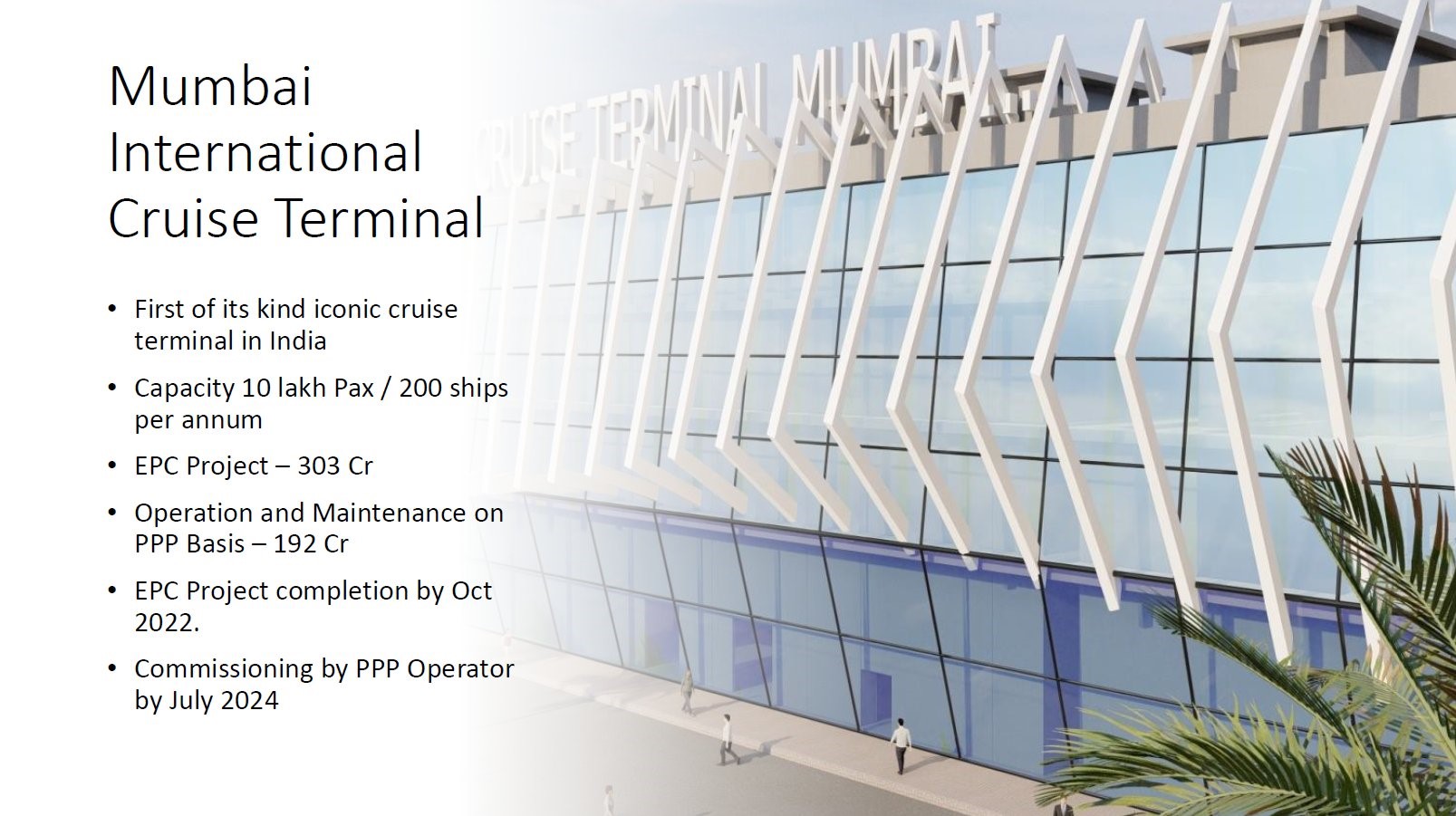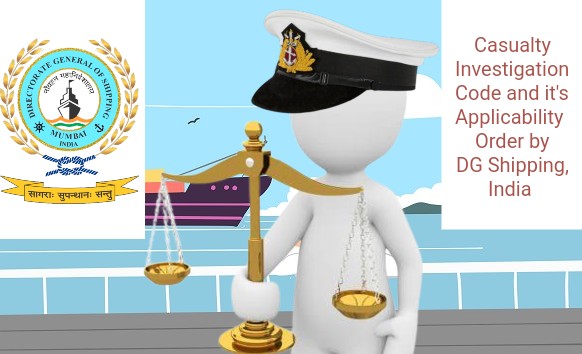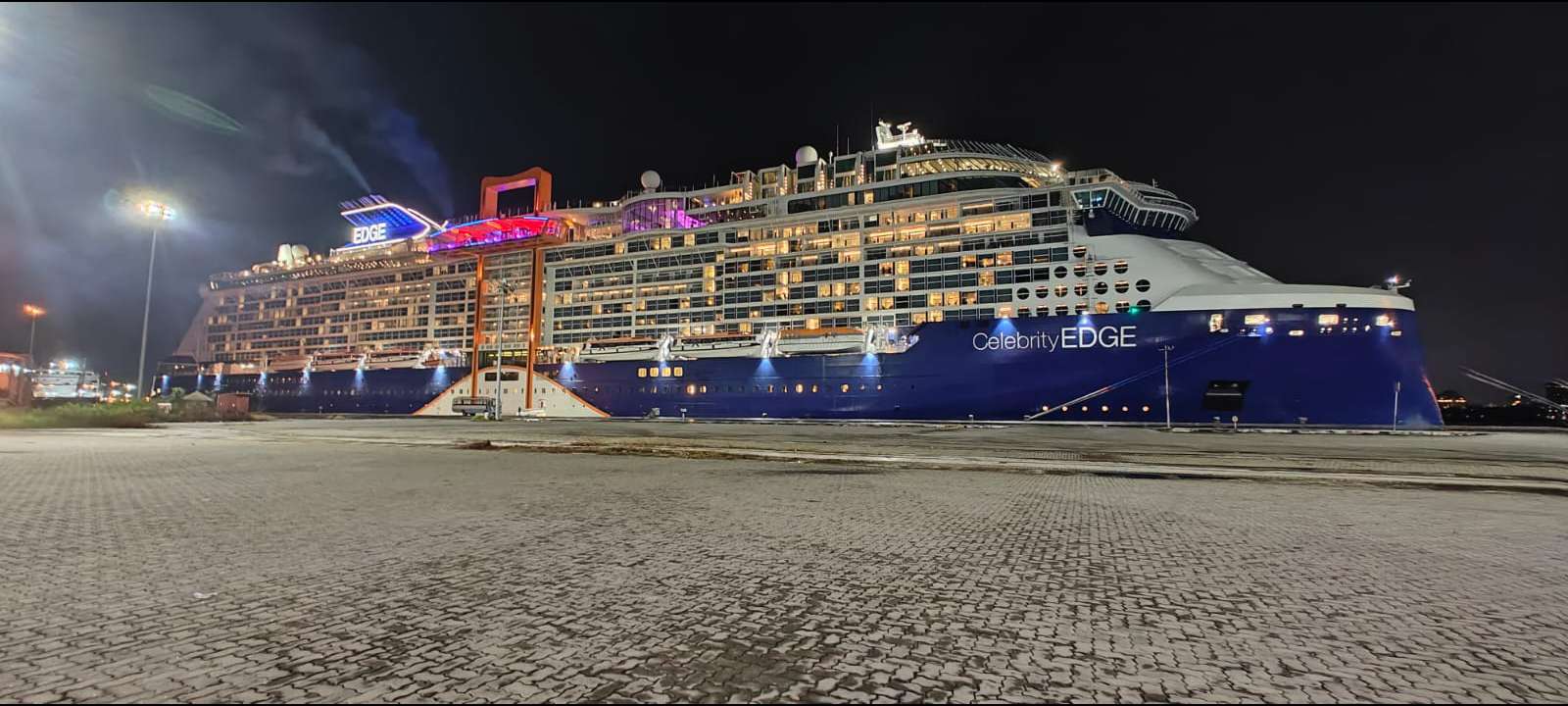Cruise Bharat Mission (CBM) Targets 2.5 Million Passengers by 2029
Maritime News India : The Cruise Bharat Mission (CBM), launched on 30th September 2024, is set to double India’s cruise passenger traffic by 2029. CBM provides a structured inter-ministerial approach to developing India’s cruise sector, focusing on policy interventions, regulatory reforms, and infrastructure expansion.
The initiative involves multiple regulatory agencies, including Customs, Immigration, CISF, State Tourism Departments, State Maritime Agencies, District Administrations, and local police, ensuring a seamless cruise experience.
Passenger Growth Targets Under CBM
| S. No. | KPI | Phase I (Up to 30.09.2025) | Phase II (Up to 31.03.2027) | Phase III (Up to 31.03.2029) |
|---|---|---|---|---|
| 1 | Sea Cruise Pax | 0.5 million | 0.7 million | 1 million |
| 2 | River Cruise Pax | 0.5 million | 1 million | 1.5 million |
With a combined target of 2.5 million cruise passengers by 2029, India aims to position itself as a global cruise tourism hub.
Challenges Hindering Cruise Growth
Despite ambitious targets, several challenges may hinder the success of CBM:
- Infrastructure Gaps – Many Indian ports lack modern cruise terminals, berthing facilities, and passenger amenities, making large-scale cruise operations difficult.
- Regulatory Bottlenecks – The complex clearance process for international cruise ships, involving multiple agencies, causes delays and discourages global operators.
- High Port Charges & Taxes – Indian ports have higher port dues, customs duties, and service charges compared to international cruise hubs like Singapore and Dubai.
- Limited Private Sector Investment – While India has significant coastline potential, investment in cruise infrastructure remains low, requiring stronger Public-Private Partnerships (PPPs).
- Local Resistance from Fishermen & Small Businesses – Traditional coastal communities and fishing unions have raised concerns about restricted access to fishing zones and potential displacement due to large-scale cruise projects.
- Environmental Concerns – Cruise ships have been linked to marine pollution, waste disposal issues, and increased carbon emissions, leading to pushback from environmental groups.
Policy Reforms Needed to Boost Cruise Tourism
To make India a leading cruise destination, the government needs to implement the following policy reforms:
1. Cruise-Friendly Policies & Regulations
- Simplify customs & immigration processes for seamless entry-exit procedures.
- Introduce e-Visa & Visa-on-Arrival facilities at major cruise ports.
- Reduce port tariffs & operational costs to attract global cruise operators.
2. Strengthening Cruise Infrastructure
- Develop world-class cruise terminals at Mumbai, Chennai, Goa, Cochin, Kolkata, and Visakhapatnam.
- Expand homeporting facilities to allow international cruise lines to operate from India.
- Improve last-mile connectivity, linking ports to major tourist destinations.
3. Boosting River Cruise Tourism
- Develop river cruise terminals on the Ganga, Brahmaputra, and Godavari rivers.
- Partner with private operators to introduce luxury river cruises on national waterways.
4. Addressing Environmental & Local Concerns
- Implement strict marine pollution control measures for cruise operators.
- Introduce eco-friendly cruise ships powered by LNG and electric propulsion.
- Compensate local fishing communities and integrate them into coastal tourism projects.
The Road Ahead: India as a Global Cruise Destination
With improved infrastructure, regulatory ease, and sustainable tourism policies, India has the potential to become a top cruise tourism hub in Asia. However, addressing local resistance, environmental concerns, and infrastructure challenges will be key to the success of the Cruise Bharat Mission.




